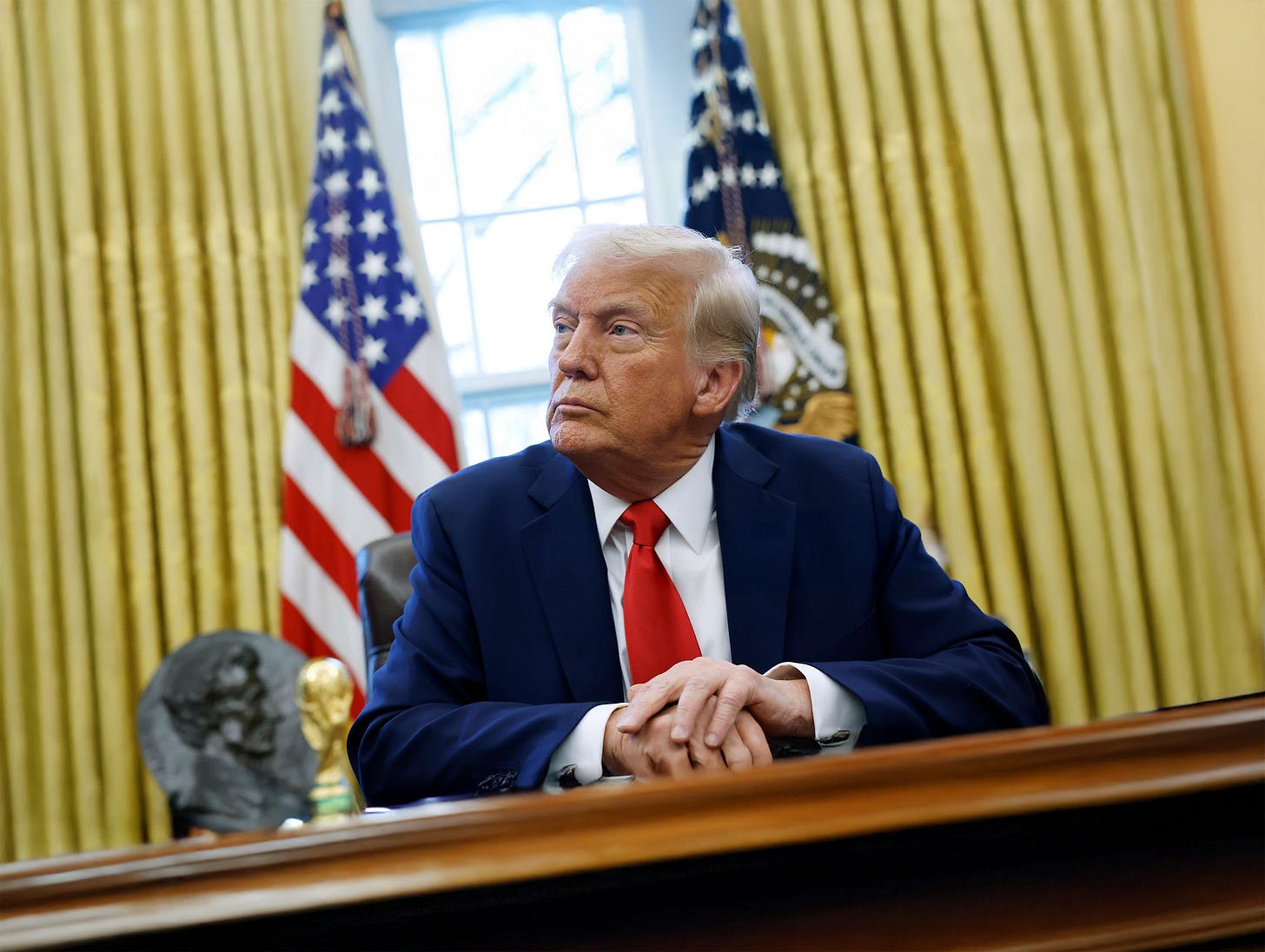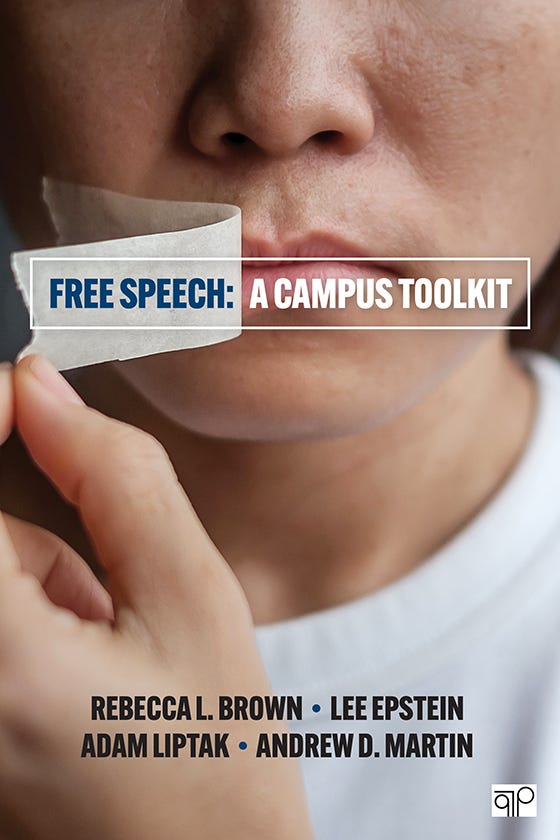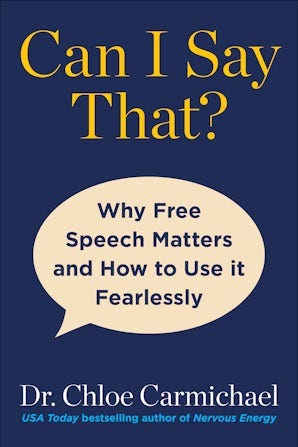The ‘Military Man’ in Chief: On parades and protests
First Amendment News 475

“The greatest tyrannies are always perpetrated in the name of the noblest causes.”
— attributed to Thomas Paine
He likes military parades. All that brass, all that military might, all those Bradley Fighting Vehicles and attack aircraft, all those 6,169 troops poised to march, and all those Army soldiers saluting him. Hail to the “Military Man” in Chief!
The recent parade was a “National Special Security Event.” Its official purpose was to commemorate the Army’s 250th anniversary. It also served as a birthday party for the 79-year-old commander in chief. Never one to miss an opportunity to hijack a patriotic event, Donald Trump presided over it with feigned solemnity.
As you think about this “tribute” to our Army, bear in mind that the 47th president is the one who faked his way out of the draft (he had four deferments between 1964 and 1968 for bone spurs in his foot). Years later, he argued that released POWs should not be honored as heroes. That statement, directed at Senator John McCain, was so vile that even Lindsey Graham felt obliged to declare, “If there was ever any doubt that . . . Donald Trump should not be our commander in chief, this stupid statement should end all doubt.”
Oh, and let us not forget that Donald Trump is reported to have claimed that Americans who died in war are “losers” and “suckers.” And then there is the blatant disregard of veterans who are sorely in need of government assistance — a point forcefully made by Representative Melanie Stansbury:
Against that backdrop comes the “Military Man” in Chief as he basks in his imagined glory while linking himself with the proud legacy of the U.S. Army. An otherwise honorable event is tarnished when, as here, it is politized.
Under Trump’s command, all this military power smacks of “incipient authoritarianism, a Soviet-style spectacle,” as Michael Schaffer put it in a recent Politico piece. Then there was the spectacle of “18-and-a-half miles of anti-scale fencing, 17 miles of bike rack concrete barriers, 175 magnetometers, and officers from federal, state, and local agencies standing post.”
The military parade might thus be understood as Trump’s Napoleonic moment: His desire to exercise unchecked power backed by military and/or military-like force.
Which brings us to the topic of free-speech freedom.
From parades to protests
As with everything else in Trump land, if you zealously support him he will praise you. And if you don’t, he will persecute you — if not now, then later.
Simply consider his militaristic approach to dealing with recent protests: He seized control of some 4,000 California National Guard troops, in violation of statutory and constitutional norms.
As Judge Charles R. Breyer put it in Newsom v. Trump (Dist., N. Dist. CA, June 12):
Defendants no doubt have an “interest in protecting federal agents and property” …But they have no legitimate interest in doing so beyond the bounds of their authority… Federal agents and property may actually well be served by de-militarization and a concurring de-escalation of the situation. Regardless, Plaintiffs and the citizens of Los Angeles face a greater harm from the continued unlawful militarization of their city, which not only inflames tensions with protesters, threatening increased hostilities and loss of life, but deprives the state for two months of its own use of thousands of National Guard members to fight fires, combat the fentanyl trade, and perform other critical functions. . . Defendants’ actions also threaten to chill legitimate First Amendment expression.
(The government appealed the ruling and secured a temporary stay.)
Trump even called out the United States Marines, no doubt unmindful of the following grievance listed in the Declaration of Independence: “He has affected to render the Military independent of and superior to the Civil power.”
When Defense Secretary Pete Hegseth was pressed during a Senate budget hearing about the source of authority for the Pentagon’s recent deployment of troops to Los Angeles, “[h]e just couldn’t cite the law he was following. . . . [W]hen asked to explain the legal underpinning that justifies the Marine deployment, the Defense secretary blanked.”
What, then, to make of all of this? Well, over at Just Security, Hayden Johnson and Katie Schwartzmann maintain that the “First Amendment permits legitimate law enforcement actions in response to law-breaking, or viewpoint-neutral safety restrictions to secure the parade. But the President’s statements seemingly threaten protest leaders . . . with the type of retaliatory actions that the First Amendment strictly prohibits –– arrest, force, or liability imposed because the President disagrees with their message or viewpoint.”
Meanwhile, “the Justice Department was [busy warning] the offices of U.S. attorneys around the country, as well as the entire criminal division of the department, to be prepared to handle requests to file criminal charges, or conduct searches, related to the demonstrations . . .”
Then there was the brazen and unnecessary arrest of U.S. Senator Alex Padilla, who, at a news conference, dared to speak out against Homeland Security Secretary Kristi Noem. “I’m Senator Alex Padilla,” he said as he was confronted by authorities. “I have questions for the secretary!” He was then dragged off, forced to the ground, handcuffed, and arrested.
Related: Clara Duhon, “Rand Paul ‘not for censuring’ Padilla: ‘I think that’s crazy,’” The Hill (June 15)
All of this and more signals what we might expect from the Trump Administration in the face of mounting protests.
, writing in The Dispatch, summed it up accurately:If you look under the hood at the arguments that Trump, his administration, and his cheerleaders have been making in courts, executive orders, interviews, and speeches, the single most important through line is Trump’s desire to be a wartime president without a war. When he accuses political opponents of “treason,” as he invokes the Alien Enemies Act and similar laws, when he insists everything is a crisis and an emergency, the logical and psychological next step from that — not to mention the implicit and explicit legal and political arguments he and his defenders have been making — is that he should be an American Cincinnatus, or what some of his intellectual enablers have dubbed a “Red Caesar.”
New scholarly article on revocation of Harvard’s research funds
Marjorie McMahon Obod, “First Amendment Freedoms and Federal Funds: Why Harvard’s Stand Matters for All Americans,” The National Law Review (June 16)
Since filing its Complaint on April 21, 2025, Harvard has faced an intensifying series of actions from the Trump Administration. In early May, the Administration revoked all new federal research grants to the university, including those from the National Institutes of Health, National Science Foundation, and the Departments of Agriculture, Energy, and Housing and Urban Development.1 The Administration has also threatened to redirect $3 billion in Harvard’s federal grant funding to vocational schools and to revoke the school’s tax-exempt status.2 Most recently, President Trump signed a proclamation to suspend international visas for new students at Harvard.3 Harvard is not alone in warding off attacks from the Administration. Princeton and the University of Pennsylvania face the suspension of hundreds of millions in research grants, and the Department of Education is actively investigating at least ten universities for alleged antisemitism conduct.
As the attacks expand in scope and target, the core constitutional concern remains unchanged: that the Administration’s actions undermine First Amendment principles and jeopardize the health, safety, and scientific progress on which millions of Americans rely. Rather than allow the Court to address the constitutional issues in Harvard’s initial complaint, Harvard is forced to file new complaints about the Administration’s actions, while contending with the onslaught of new attacks. In a May 23, 2025, editorial, “Is Trump Trying to Destroy Harvard?,” The Wall Street Journal wrote: “The Trump Administration has frozen billions in federal grants to Harvard University, threatened its tax-exempt status, and sought to dictate its curriculum and hiring. Now the government seems bent on destroying the school for the offense of fighting back.” Indeed, this conflict is far from over, and its implications for academic freedom and American innovation are only beginning to unfold.”
Forthcoming book — a campus free speech ‘toolkit’
Rebecca L Brown, Lee Epstein, Adam Liptak, and Andrew D. Martin, “Free Speech: A Campus Toolkit,” CQ Press (Nov. 2025)
Free speech and academic freedom have long been hot topics on college campuses. Free Speech: A Campus Toolkit equips students with the tools they need to make informed judgments about campus controversies for themselves.
Rather than telling them what to think about the question of free speech, prominent scholars and experts Rebecca L. Brown, Lee Epstein, Adam Liptak, and Andrew D. Martin weave theoretical and historical analysis with contemporary examples to help students understand what free speech actually is and the profound implications for democracy.
This book is a valuable tool in any classroom to prompt discussion and encourage critical thinking and engagement.
Another forthcoming book on campus speech
Chloe Carmichael, “Can I Say That?: Why Free Speech Matters and How to Use It Fearlessly,” Skyhorse (Nov. 4)
If you’re like 84% of Americans, you think self-censorship and cancel culture are serious issues. You may feel like you’re not free to speak your mind, or you worry that you’ll be alienated for expressing your opinions. This can lead to self-censorship and feeling like people don't know the authentic, real you.
In Can I Say That?, Dr. Chloe Carmichael, USA Today bestselling author of Nervous Energy, explains why and how to escape this cycle of anxiety and avoidance and start embracing our diversity of viewpoints. She unpacks the science behind open dialogue and why it’s essential to the cognitive and emotional processes that create wellness. Dr. Chloe also offers simple, conversational techniques to help you express yourself freely, listen resiliently, and navigate socially or emotionally charged conversations authentically with quiet confidence.
We can talk to each other again and not tiptoe around tough topics. We can reconnect with family, friends and neighbors to enjoy respectful, meaningful conversations. We can disagree safely and productively—our mental health, social relationships, and even our democracy depend upon it.”
New scholarly article on commencement speech
Duncan Hosie, “The First Amendment and the Commencement Provocateur,” William & Mary Bill of Rights Journal (2025)
This Article explores an untheorized area of First Amendment doctrine: students’ graduation speeches at public universities or private universities that embrace free speech principles, either by state statute, state constitutional law, or internal policy. Responding to recent graduation speech controversies, it develops a two-tier theory that reconciles a multiplicity of values, including students’ expressive interests, universities’ institutional interests in curating commencement ceremonies and preventing reputational damage, and the interests of captive audiences in avoiding speech they deem offensive or profane.
The Article challenges the prevailing view that university students’ graduation speeches implicate individual First Amendment rights. It develops a site-specific understanding of the ritualistic sociology of the university commencement speech, which the Article argues is firmly within the managerial purview of the university. But it also argues that heavy-handed administrative regulation of student graduation speeches has the potential to undermine the academic freedom of students and professors. Reflecting on the history of the university commencement speech in the American intellectual tradition, it urges university administrators to exercise their authority to regulate speeches through transparent standards, a longitudinal view, and collaborative negotiation with student speakers. It concludes by discussing the conceptual dangers of turning the First Amendment into a metonym for every instance of speech abridgment within a managerial sphere.
More in the news
Sita Nataraj Slavov and Alan D. Viard, “Trump Administration Uses Federal Research Funding to Control Campus Speech,” AEI (June 16)
“Anti-Trump Demonstrators Crowd Streets, Parks and Plazas Across the US,” First Amendment Watch (June 16)
- , “People want AI regulation — but they don’t trust the regulators,” FIRE (June 13)
- , “First Amendment Challenge to Suspension from University of Texas for Pro-Palestinian Protest Can Go Forward,” The Volokh Conspiracy (June 13)
- , “No gay rights without free expression,” Expression (June 12)
- , “Why ‘SLAPP’ lawsuits chill free speech and threaten the First Amendment,” Expression (June 9)
2024-2025 SCOTUS term: Free expression and related cases
Cases decided
Villarreal v. Alaniz (Petition granted. Judgment vacated and case remanded for further consideration in light of Gonzalez v. Trevino, 602 U. S. ___ (2024) (per curiam))
Murphy v. Schmitt (“The petition for a writ of certiorari is granted. The judgment is vacated, and the case is remanded to the United States Court of Appeals for the Eighth Circuit for further consideration in light of Gonzalez v. Trevino, 602 U. S. ___ (2024) (per curiam).”)
TikTok Inc. and ByteDance Ltd v. Garland (9-0: The challenged provisions of the Protecting Americans from Foreign Adversary Controlled Applications Act do not violate petitioners’ First Amendment rights.)
Review granted
Free Speech Coalition, Inc. v. Paxton (argued Jan. 15)
TikTok Inc. and ByteDance Ltd v. Garland (argued Jan. 10) [decided]
Firebaugh v. Garland (argued Jan. 10)
Pending petitions
Petitions denied
L.M. v. Town of Middleborough (Thomas, J. dissenting, Alito, J., dissenting)
No on E, San Franciscans Opposing the Affordable Care Housing Production Act, et al. v. Chiu
Emergency Applications
Yost v. Ohio Attorney General (Kavanaugh, J., “IT IS ORDERED that the March 14, 2025 order of the United States District Court for the Southern District of Ohio, case No. 2:24-cv-1401, is hereby stayed pending further order of the undersigned order of the Court. It is further ordered that a response to the application be filed on or before Wednesday, April 16, 2025, by 5 p.m. (EDT).”)
Free speech related
Mahmoud v. Taylor (argued April 22 / free exercise case: issue: Whether public schools burden parents’ religious exercise when they compel elementary school children to participate in instruction on gender and sexuality against their parents’ religious convictions and without notice or opportunity to opt out.)
Thompson v. United States (decided: 3-21-25/ 9-0 w special concurrences by Alito & Jackson) (interpretation of 18 U. S. C. §1014 re “false statements”)
Last scheduled FAN
Anxiety in an age of suppression: Are we facing irreversible trends?
Sigmund Freud closed the first edition of Civilization and Its Discontents with a flicker of hope. He emphasized a life-affirming principle, which he believed might prevail “in the struggle with its equally immortal adversary,” a life-denying force.
This article is part of First Amendment News, an editorially independent publication edited by Ronald K. L. Collins and hosted by FIRE as part of our mission to educate the public about First Amendment issues. The opinions expressed are those of the article’s author(s) and may not reflect the opinions of FIRE.






You mean "President Squeaky Wheels"? I can hear him repeating the tin man's line from the Wizard of OZ, "Oil can! Oil can!"
With a tip ' the hat to Metallica, "When you're crowned King Nothing!"